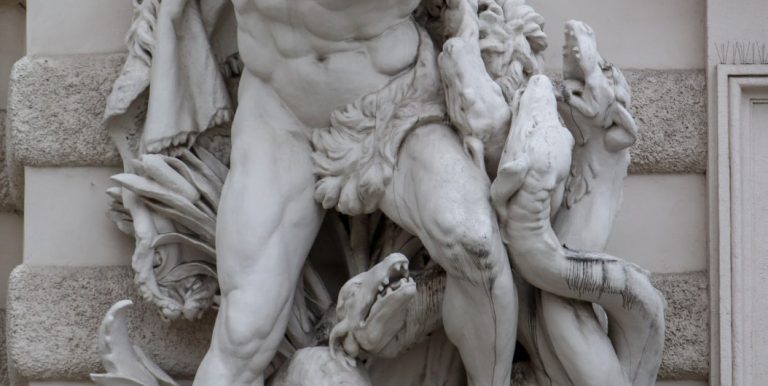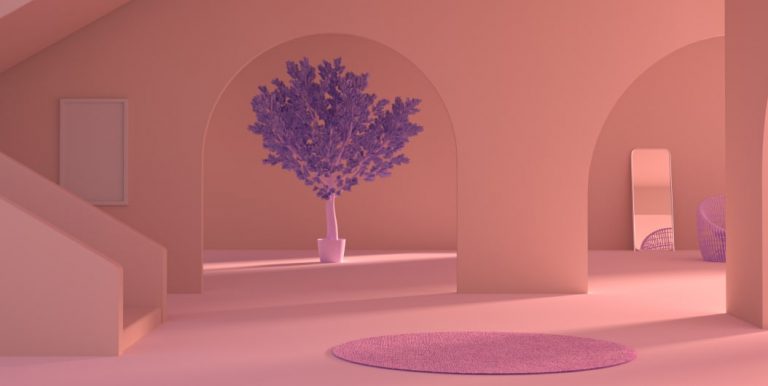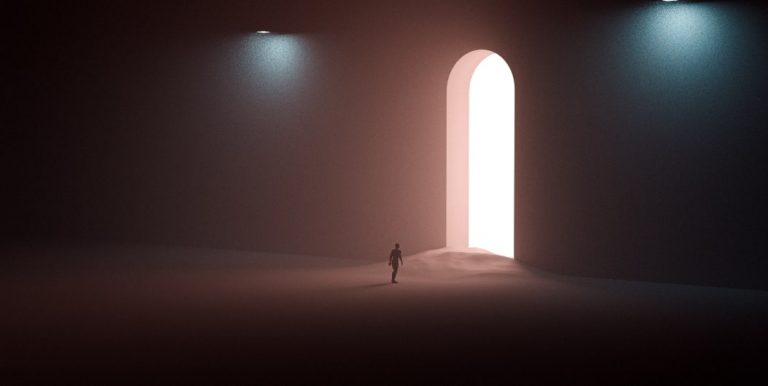A Comprehensive Guide to Choosing the Right 3D Printer
In the ever-evolving landscape of modern manufacturing and creative expression, 3D printing has emerged as a revolutionary force, transforming digital designs into tangible objects with unprecedented precision and efficiency. From rapid prototyping to customized fabrication, the versatility of 3D printers has transcended traditional boundaries, empowering individuals and industries to innovate, iterate, and bring their ideas to life in ways previously unimaginable. However, with a myriad of options available in the market, selecting the perfect 3D printer can be a daunting task, fraught with complexities and considerations. Fear not, for this comprehensive guide aims to demystify the process and equip you with the knowledge needed to navigate the vast terrain of options, make informed decisions, and embark on your journey of exploration and creation with confidence and clarity.
Understanding 3D Printing Technology
Before diving into the world of 3D printing, it’s crucial to grasp the fundamental principles and underlying technologies that drive this transformative process. There are several 3D printing technologies available, each with its own set of strengths and limitations. Fused Deposition Modeling (FDM), for example, is one of the most common and accessible methods, utilizing thermoplastic filaments that are melted and extruded layer by layer to create three-dimensional objects. FDM printers are known for their affordability, ease of use, and versatility, making them an excellent choice for beginners and enthusiasts alike. Alternatively, Stereolithography (SLA) and Digital Light Processing (DLP) employ photopolymer resins cured by UV light to produce high-resolution prints with exceptionally smooth surfaces and intricate details. While SLA and DLP printers tend to be more expensive and require additional post-processing steps, they are ideal for applications that demand unparalleled precision and aesthetic quality.
Assessing Your Printing Needs
The first step in choosing the right 3D printer is to assess your specific requirements and objectives. Consider the intended use cases, desired level of print quality, available workspace, and budget constraints. Are you a hobbyist looking to create prototypes and personalized gifts, or a professional seeking to streamline product development and manufacturing processes? By clearly defining your needs and objectives, you can narrow down the options and focus on printers that are best suited to fulfill your requirements.
Determining Print Material Compatibility
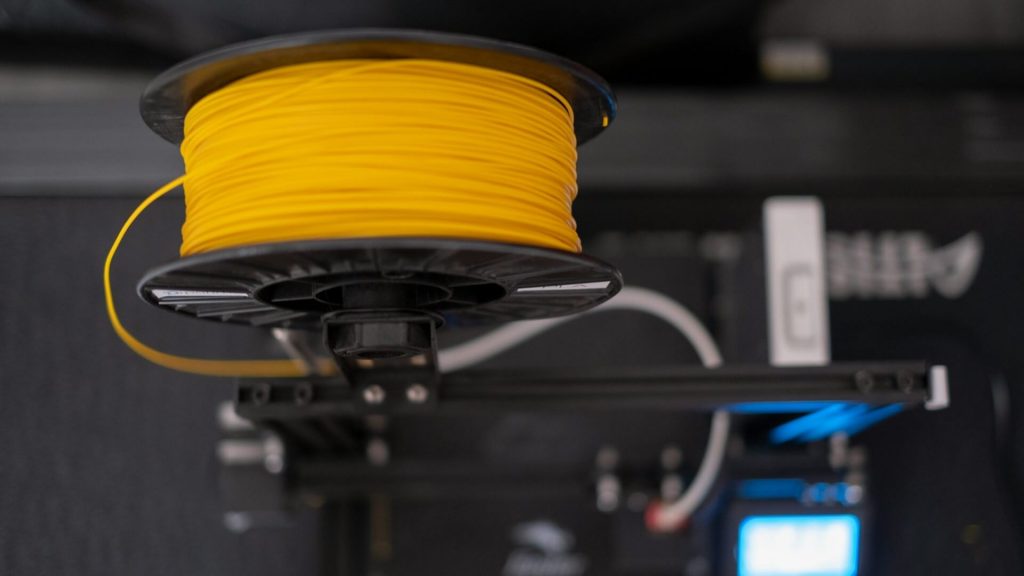
The versatility and functionality of a 3D printer are heavily influenced by its compatibility with a wide range of printing materials. Common materials used in 3D printing include thermoplastics such as PLA and ABS, engineering-grade polymers like nylon and polycarbonate, and photopolymer resins for SLA and DLP printing. Each material offers unique properties and characteristics, ranging from strength and durability to flexibility and aesthetic appeal. Before selecting a 3D printer, consider the types of materials you plan to use for your projects and ensure that the printer is compatible with your desired materials. Additionally, take into account factors such as material availability, cost, and ease of handling to make an informed decision.
Evaluating Print Quality and Resolution
Print quality and resolution are critical factors to consider when choosing a 3D printer, especially for applications that require precise details and fine surface finishes. Resolution refers to the layer height or thickness of each deposited layer during the printing process, with lower layer heights resulting in smoother surfaces and finer details. Higher-resolution printers are capable of producing objects with intricate geometries and complex features, making them ideal for applications such as jewelry design, miniature modeling, and architectural prototyping. However, it’s essential to balance print quality with cost, as printers with higher resolution capabilities tend to be more expensive. Consider your specific project requirements and budget constraints to determine the optimal balance between print quality and affordability.
Considering Build Volume
The build volume of a 3D printer determines the maximum size of objects that can be produced in a single print, making it a crucial consideration for projects of varying scales and dimensions. Larger build volumes offer greater flexibility and versatility, allowing you to create larger prototypes, functional parts, and architectural models without the need for assembly or post-processing. However, larger build volumes also require more space and may result in higher material and energy costs. Before selecting a 3D printer, carefully assess your project requirements and consider factors such as available workspace, project scale, and budget constraints to determine the optimal build volume for your needs.
Weighing Ease of Use and User Experience
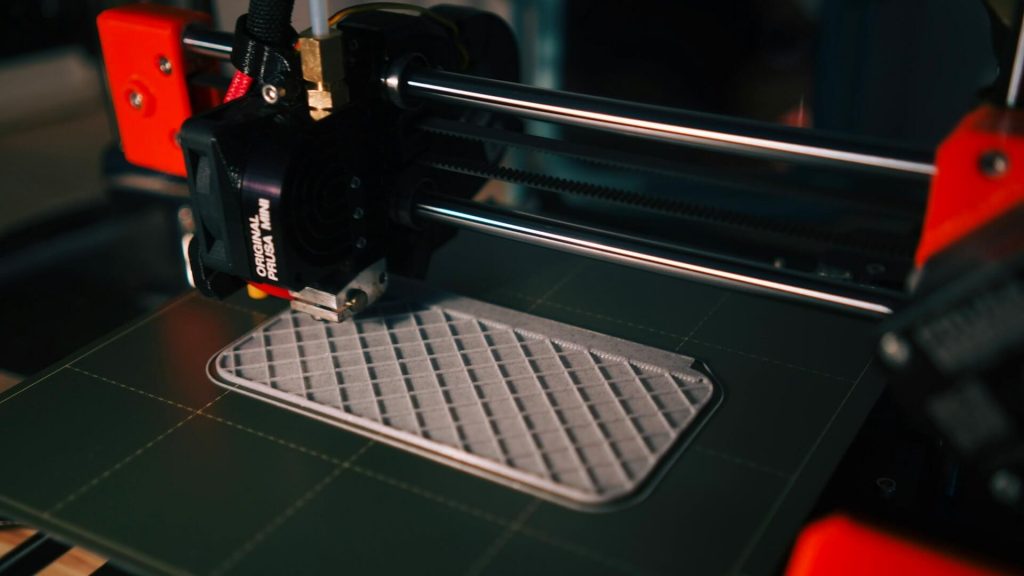
The ease of use and overall user experience of a 3D printer can significantly impact your productivity, satisfaction, and enjoyment of the printing process. When evaluating potential printers, consider factors such as user-friendly interfaces, intuitive software, and comprehensive documentation and support resources. Look for printers with streamlined setup processes, easy-to-use slicing software, and responsive customer support to minimize downtime and ensure a smooth printing experience. Additionally, consider the availability of online communities, forums, and tutorials where you can seek advice, share tips, and connect with fellow enthusiasts to enhance your skills and knowledge.
Factoring in Reliability and Durability
Reliability and durability are essential considerations when choosing a 3D printer, as they directly impact the long-term performance and reliability of the machine. Research the reputation of manufacturers and read reviews from other users to gauge the reliability and durability of different printers. Look for printers constructed from high-quality materials and components, with robust build quality and a track record of consistent performance. Additionally, consider factors such as warranty coverage, maintenance requirements, and the availability of replacement parts and technical support to ensure that your investment is protected and that you can rely on your printer for years to come.
Budgeting and Cost Considerations
Budgeting and cost considerations play a significant role in the decision-making process when choosing a 3D printer, as they determine the affordability and value proposition of the machine. Before making a purchase, carefully assess your budget and consider the total cost of ownership, including not only the initial purchase price but also ongoing expenses such as materials, maintenance, and upgrades. While it’s tempting to opt for the most feature-rich printer available, it’s essential to prioritize features and functionalities that align with your project requirements and budget constraints. By adopting a pragmatic approach and considering the long-term value and return on investment, you can ensure that you select a printer that offers the best balance of affordability and performance for your needs.
Exploring Additional Features and Capabilities
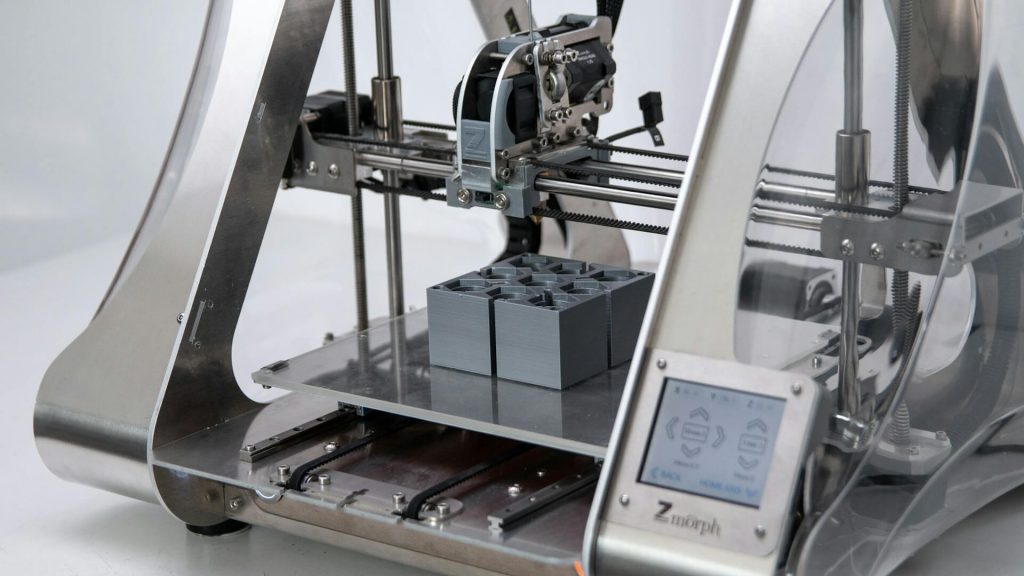
In addition to the core functionalities, explore the range of additional features and capabilities offered by different 3D printers to enhance your printing experience and unlock new possibilities. Features such as heated build platforms for improved adhesion and reduced warping, dual extruders for multi-material printing and soluble support structures, and wireless connectivity options for remote monitoring and control can significantly expand the functionality and versatility of your printer. Consider your specific project requirements and preferences when evaluating additional features, and prioritize those that align with your creative vision and workflow to maximize the value and utility of your investment.
Conclusion
In conclusion, the process of choosing the right 3D printer is not merely a matter of selecting a machine but embarking on a transformative journey of discovery, innovation, and self-expression. By understanding the intricacies of 3D printing technology, evaluating your specific requirements, and considering factors such as print quality, material compatibility, build volume, and user experience, you can select a printer that not only meets your needs but also unlocks new realms of possibility and potential. Remember, the perfect 3D printer is not just a tool but a gateway to boundless creativity and innovation, enabling you to unleash your imagination, realize your dreams, and shape the future one layer at a time. Embrace the journey, embrace the possibilities, and let your creativity soar.

